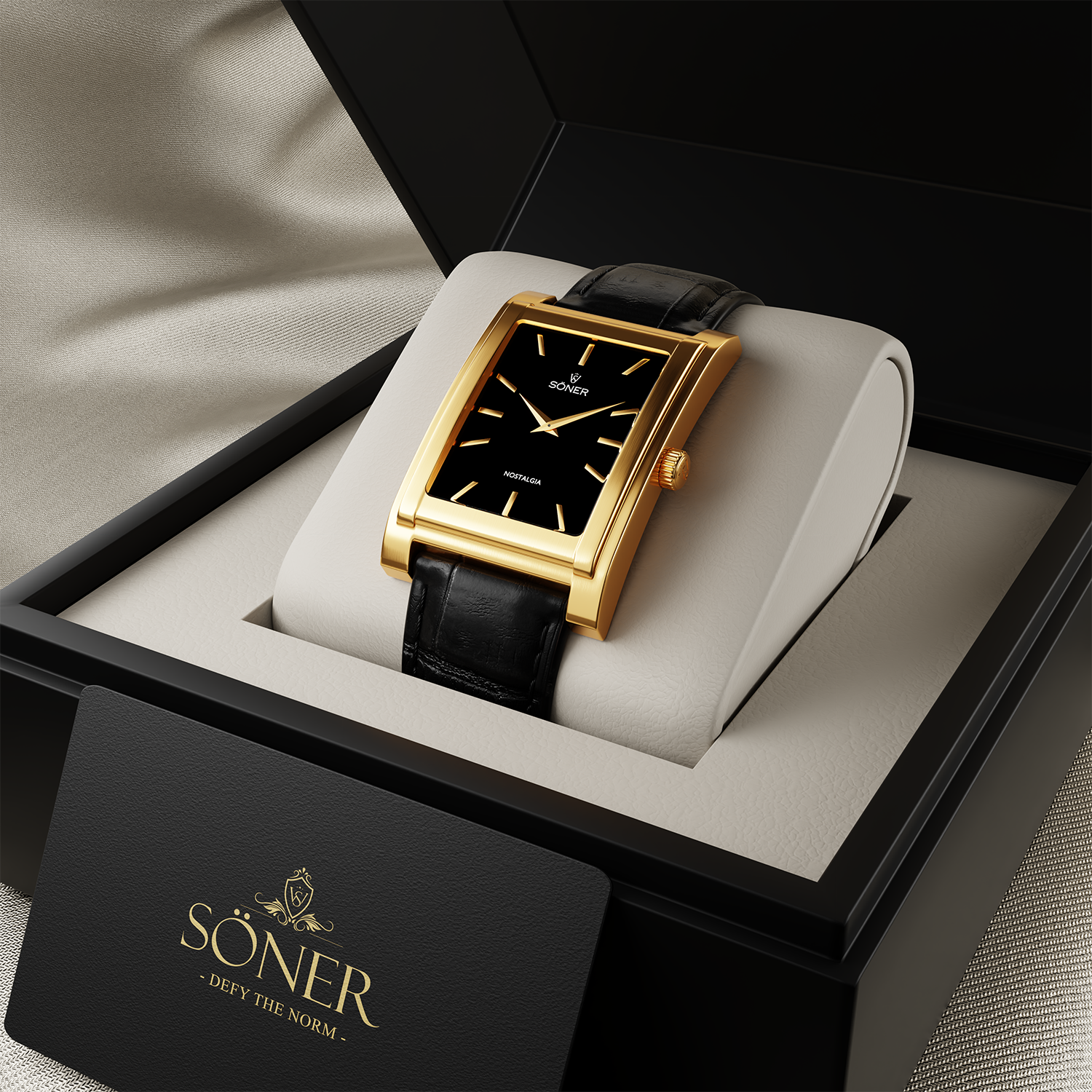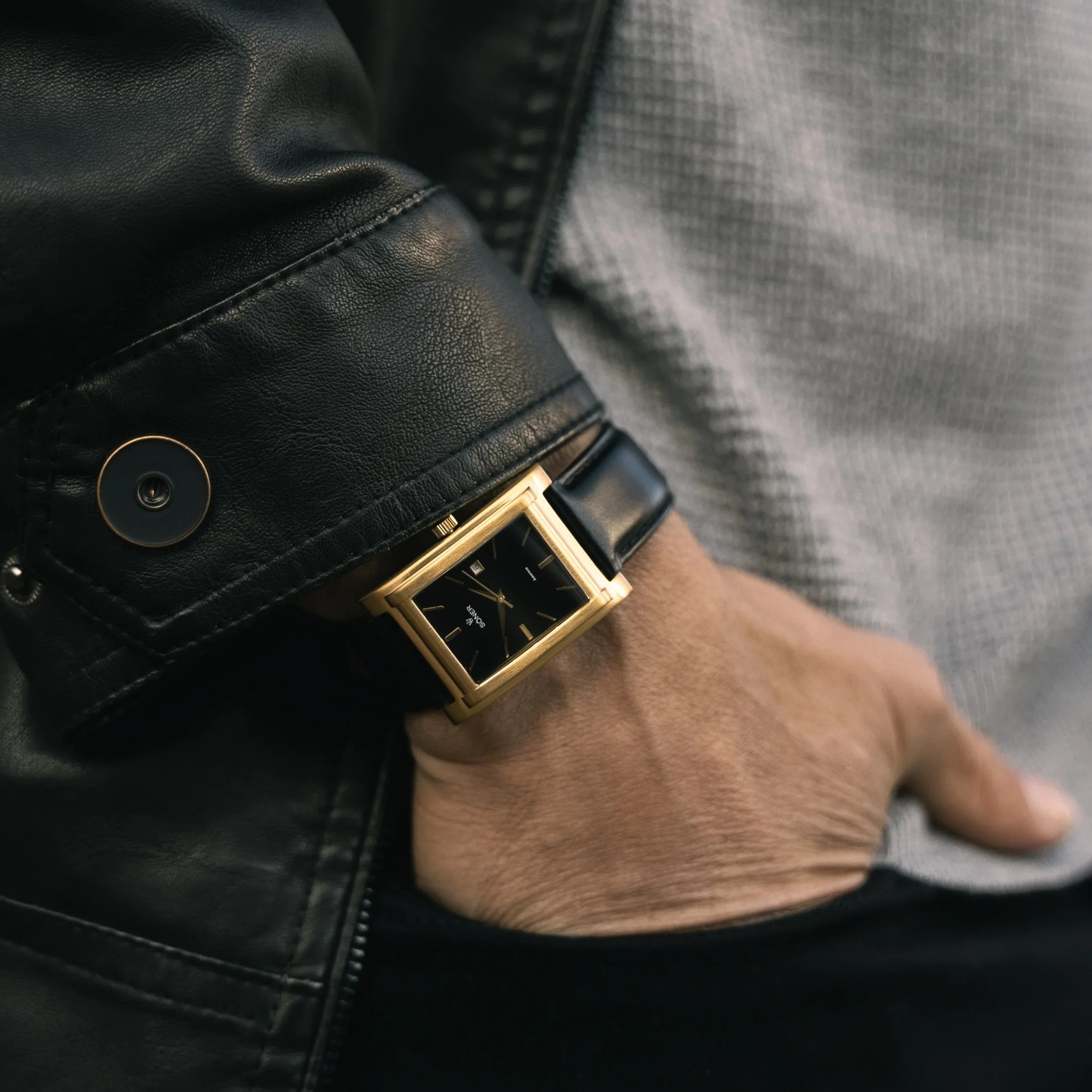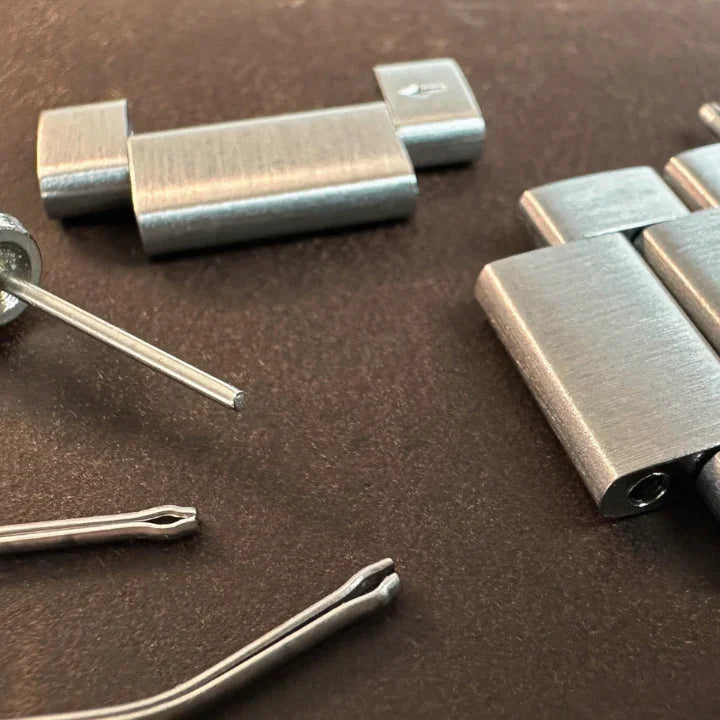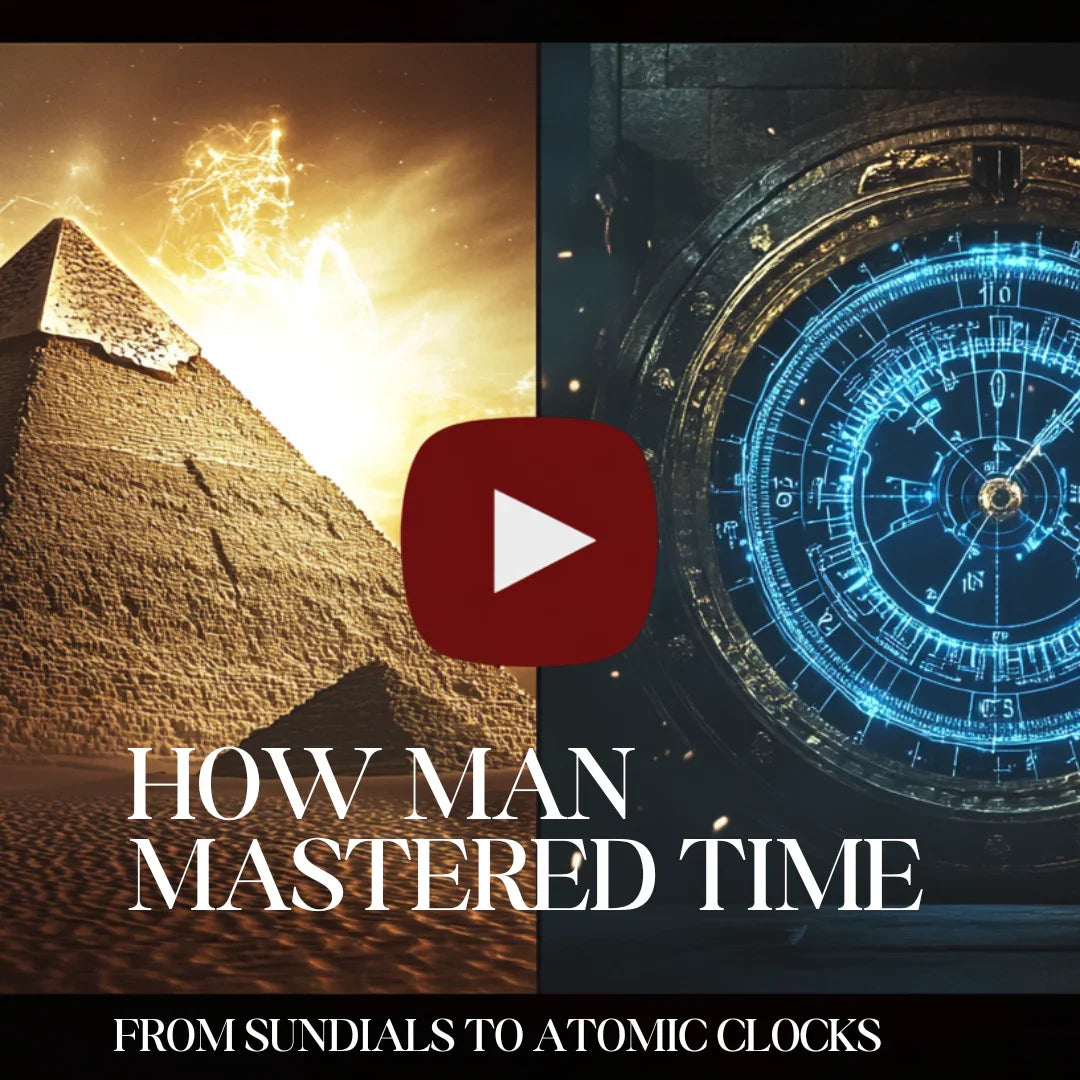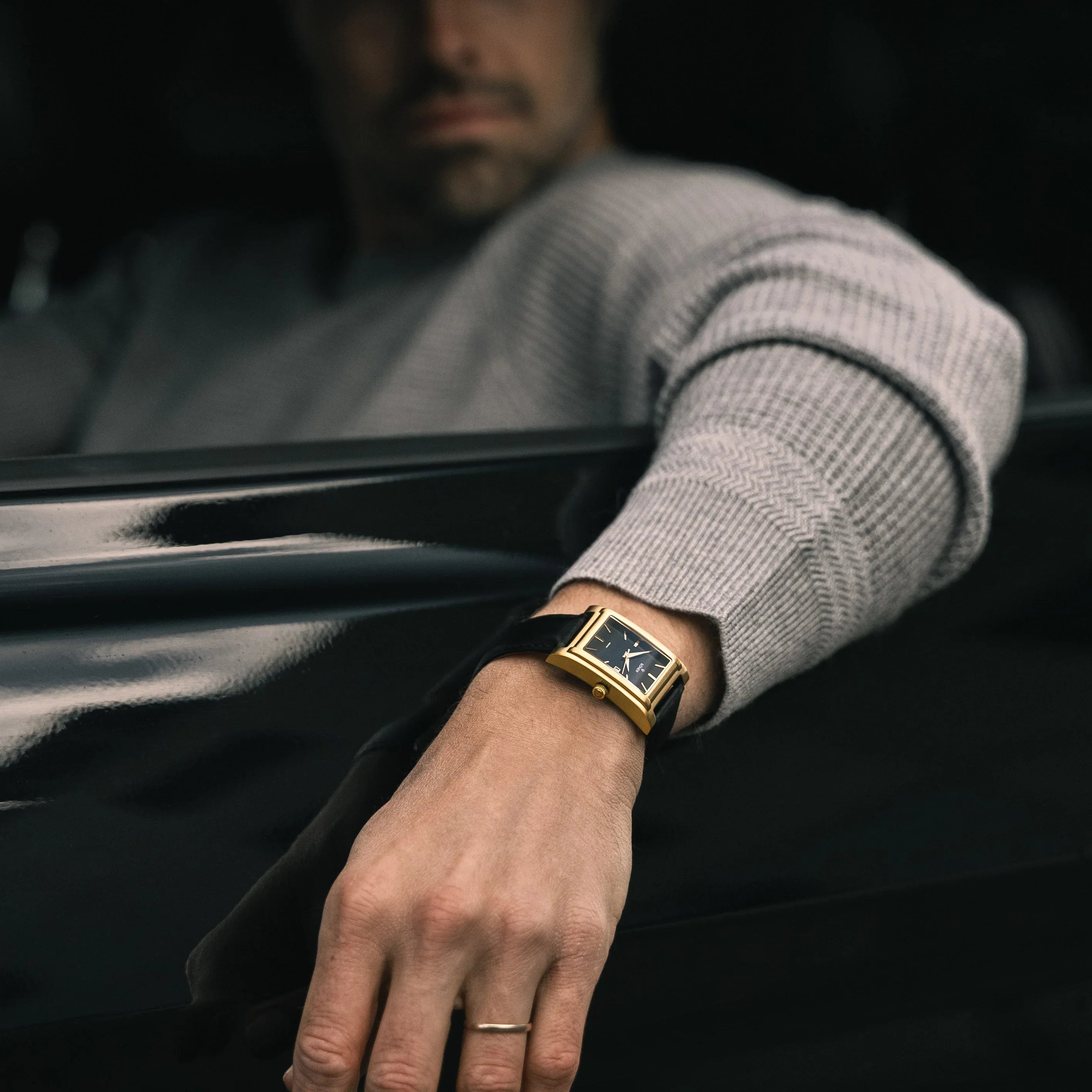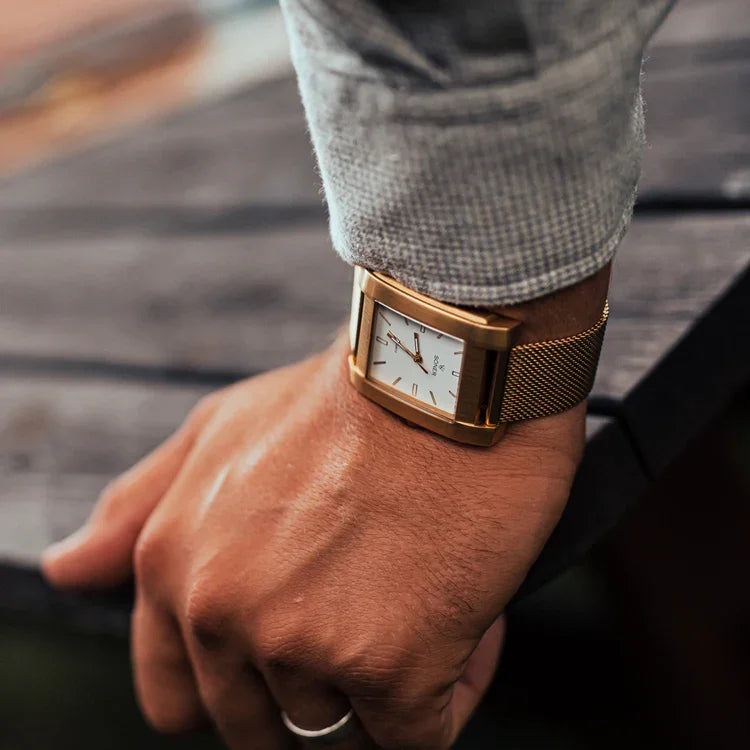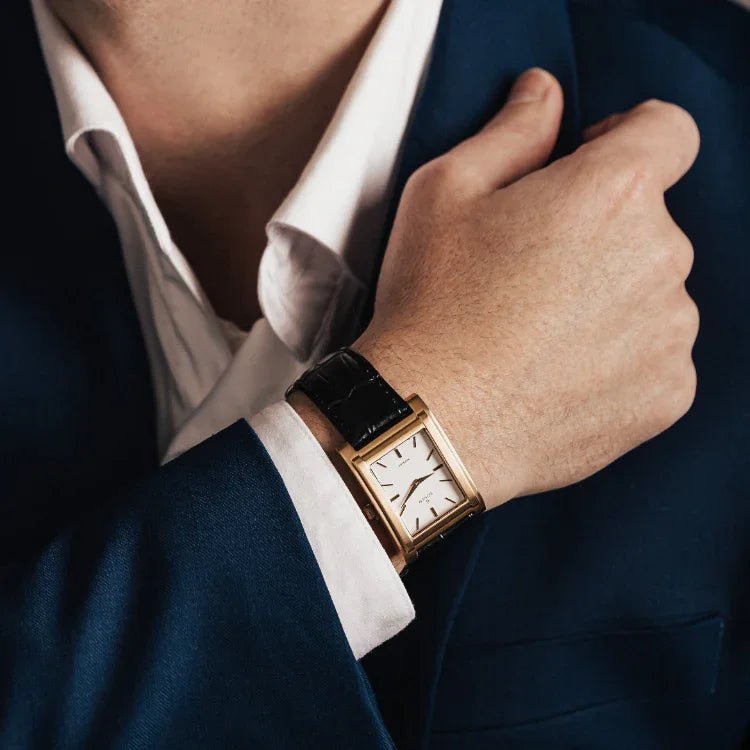Table of Contents
The History of Rectangular Doctor's Watches
Wristwatches have been indispensable tools for professionals in various fields, but few have as rich a history as the doctor's watch. Characterized by its rectangular shape, the doctor's watch is a fascinating blend of practicality, elegance, and medical necessity. Let's delve into the history of these unique timepieces and explore how they became an iconic accessory for medical professionals.
Origins and Early Development of Rectangular Doctor's Watches
The concept of a wristwatch tailored specifically for doctors dates back to the early 20th century. During this period, pocket watches were the norm, but they posed a challenge for medical professionals who needed to keep their hands free while monitoring patients. The transition to wristwatches offered a practical solution, allowing doctors to easily check the time while maintaining mobility and focus on their patients.
The rectangular shape, in particular, gained popularity due to its larger face, which made reading the time at a glance more convenient. This design feature was especially beneficial during medical procedures when every second counted. The shape also provided ample space for additional features, such as a pulsometer scale, which was used to measure a patient's pulse rate quickly and accurately.
The Rise of the Pulsometer Watch
One of the most significant advancements in the history of doctor’s watches was the incorporation of the pulsometer scale. This feature transformed the rectangular wristwatch from a mere timekeeping device into a vital medical tool. By using the pulsometer, doctors could measure a patient's pulse rate by counting the beats and correlating them with the scale on the watch face. This innovation was particularly valuable before the widespread availability of digital medical devices.
The pulsometer watch quickly became a staple among medical professionals. Brands like Longines, Omega, and Girard-Perregaux were among the pioneers in producing these specialized timepieces. Their designs combined functionality with the elegance expected of high-quality wristwatches, making them both practical tools and symbols of professionalism.

The Art Deco Influence
The 1920s and 1930s saw the rise of the Art Deco movement, which left a lasting impact on the design of doctor’s watches. This artistic style emphasized geometric shapes, bold lines, and a sense of luxury, all of which influenced watchmaking. Rectangular doctor's watches from this era often featured intricate detailing, such as enamel dials, engraved cases, and stylized numerals.
Art Deco doctor’s watches were not only functional but also fashionable. They became a statement piece for medical professionals, reflecting their commitment to both their craft and personal style. This period cemented the rectangular doctor’s watch as an iconic accessory, blending the worlds of medicine and art.
Technological Advancements
As technology progressed, so did the features of doctor’s watches. The mid-20th century introduced improvements in movement accuracy, durability, and water resistance. Despite these advancements, the essential characteristics of the rectangular doctor’s watch—its readability, pulsometer scale, and stylish design—remained unchanged.
Quartz movements, introduced in the 1970s, further revolutionized watchmaking. Quartz doctor’s watches offered unparalleled accuracy and required less maintenance than their mechanical counterparts. This innovation ensured that doctor’s watches continued to be reliable tools for medical professionals.
Modern-Day Doctor's Watches
Today, the tradition of rectangular doctor's watches continues, with many modern iterations paying homage to their historical predecessors. Contemporary designs often incorporate advanced materials like sapphire crystal and stainless steel, enhancing durability while maintaining the classic aesthetic.
Some modern doctor’s watches feature additional functionalities, such as chronographs, date displays, and even digital health monitoring capabilities. However, the timeless appeal of the rectangular shape and the pulsometer scale remains a key aspect of their design, honoring the legacy of their origins.
Conclusion
The history of rectangular doctor's watches is a testament to the enduring intersection of practicality and elegance. From their early days as essential medical tools to their status as iconic accessories, these timepieces have played a significant role in the lives of medical professionals. As technology continues to evolve, the doctor’s watch remains a symbol of precision, care, and timeless style, a true reflection of the medical field's dedication to both science and humanity.






